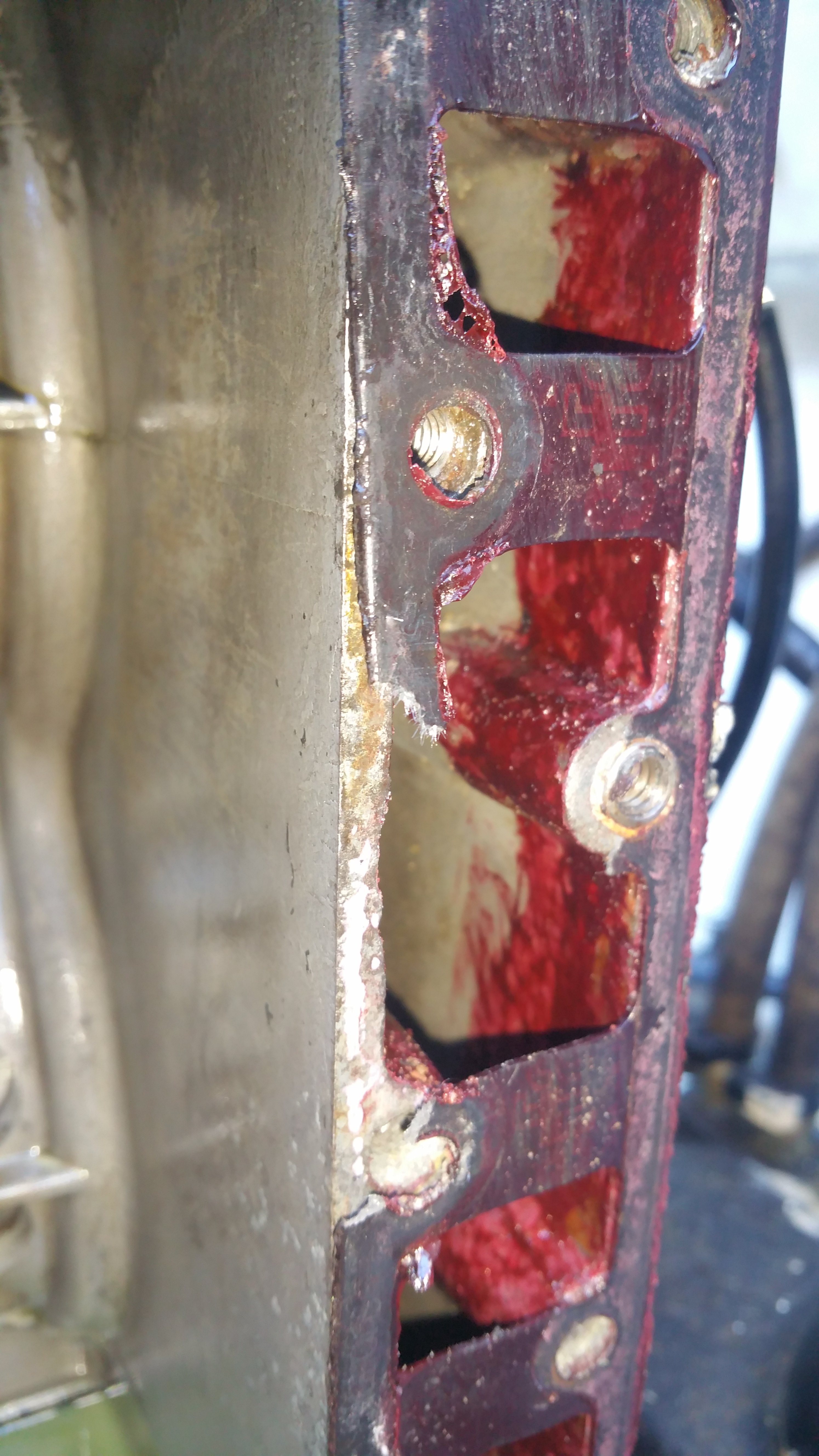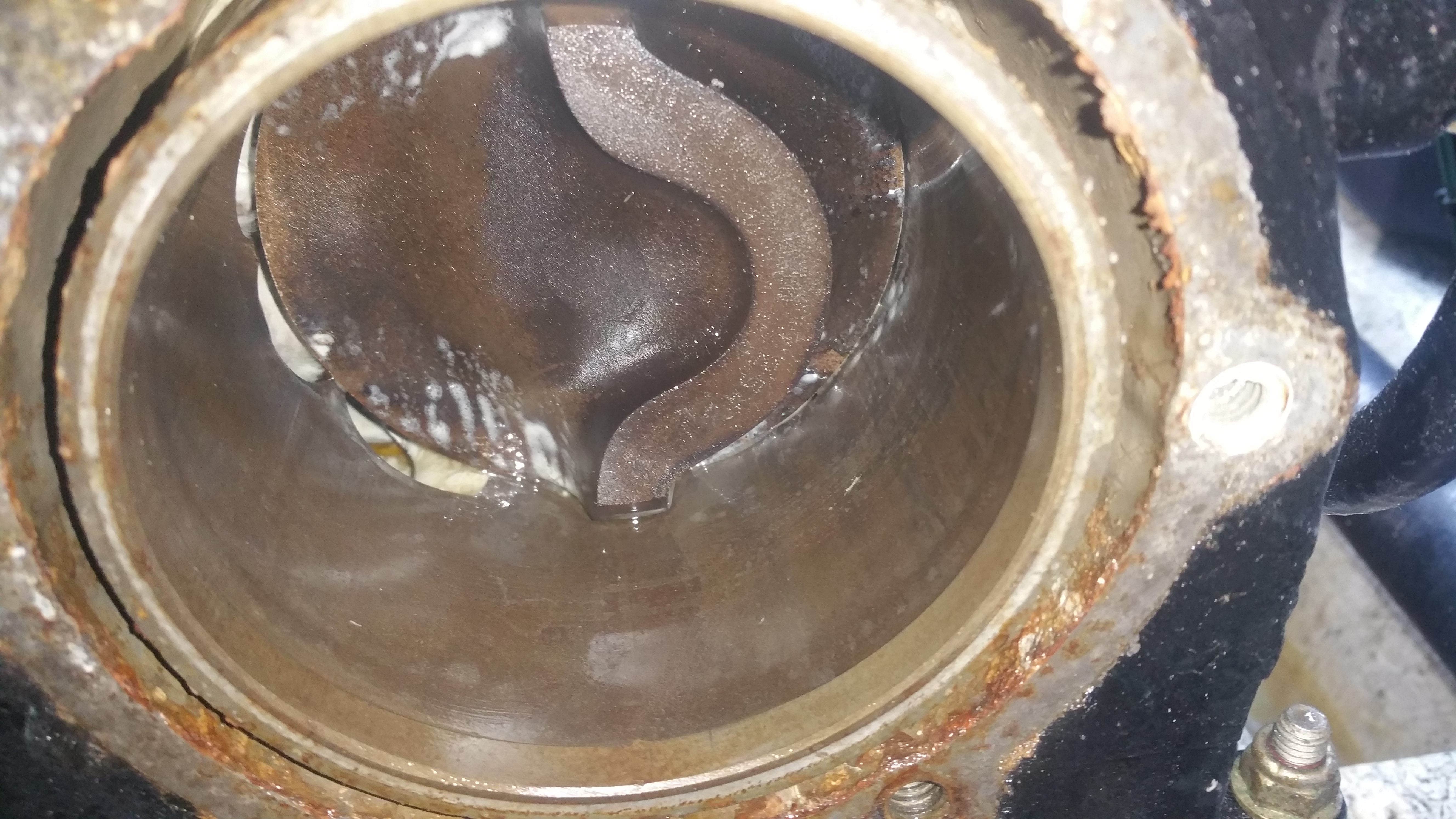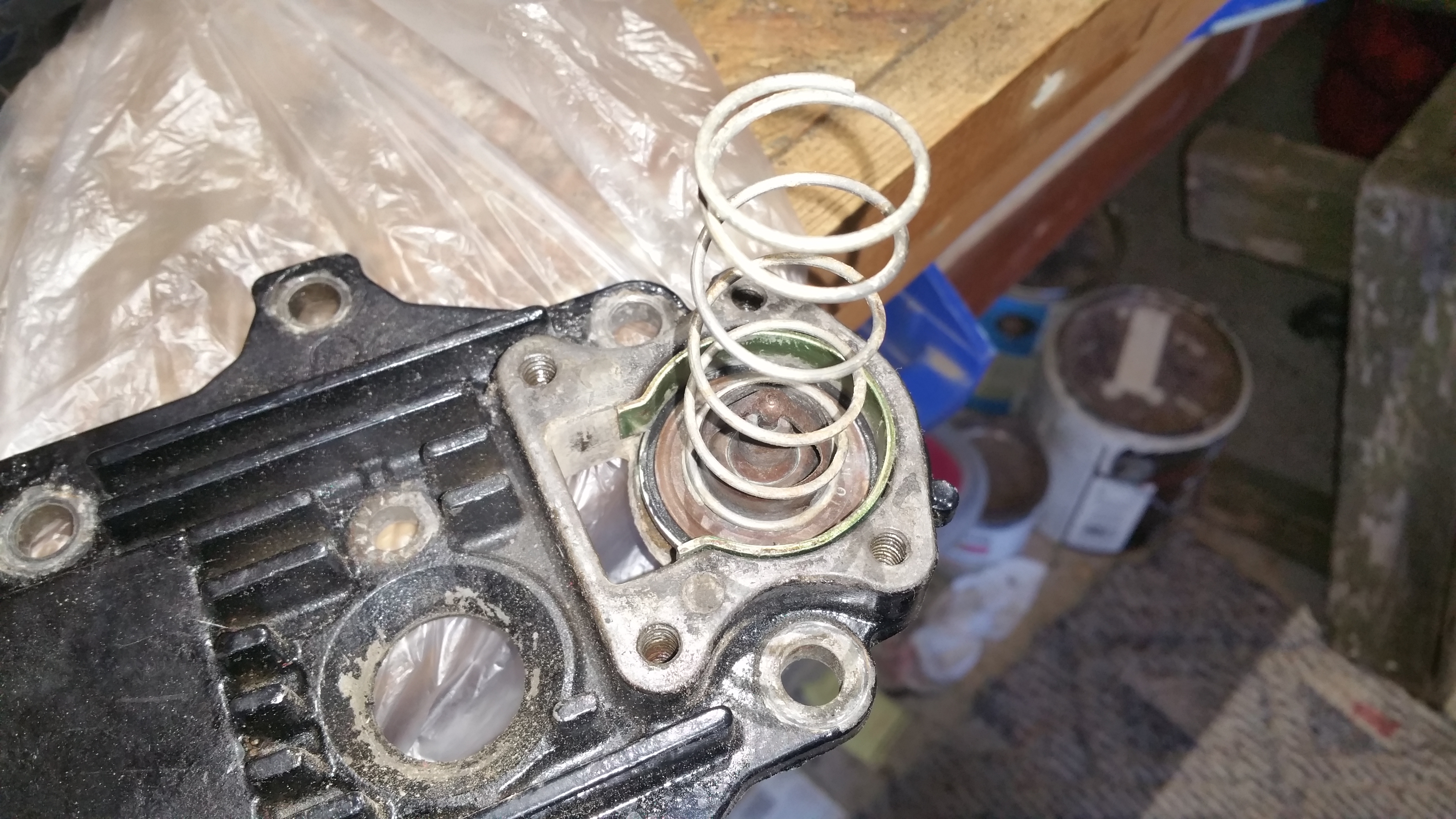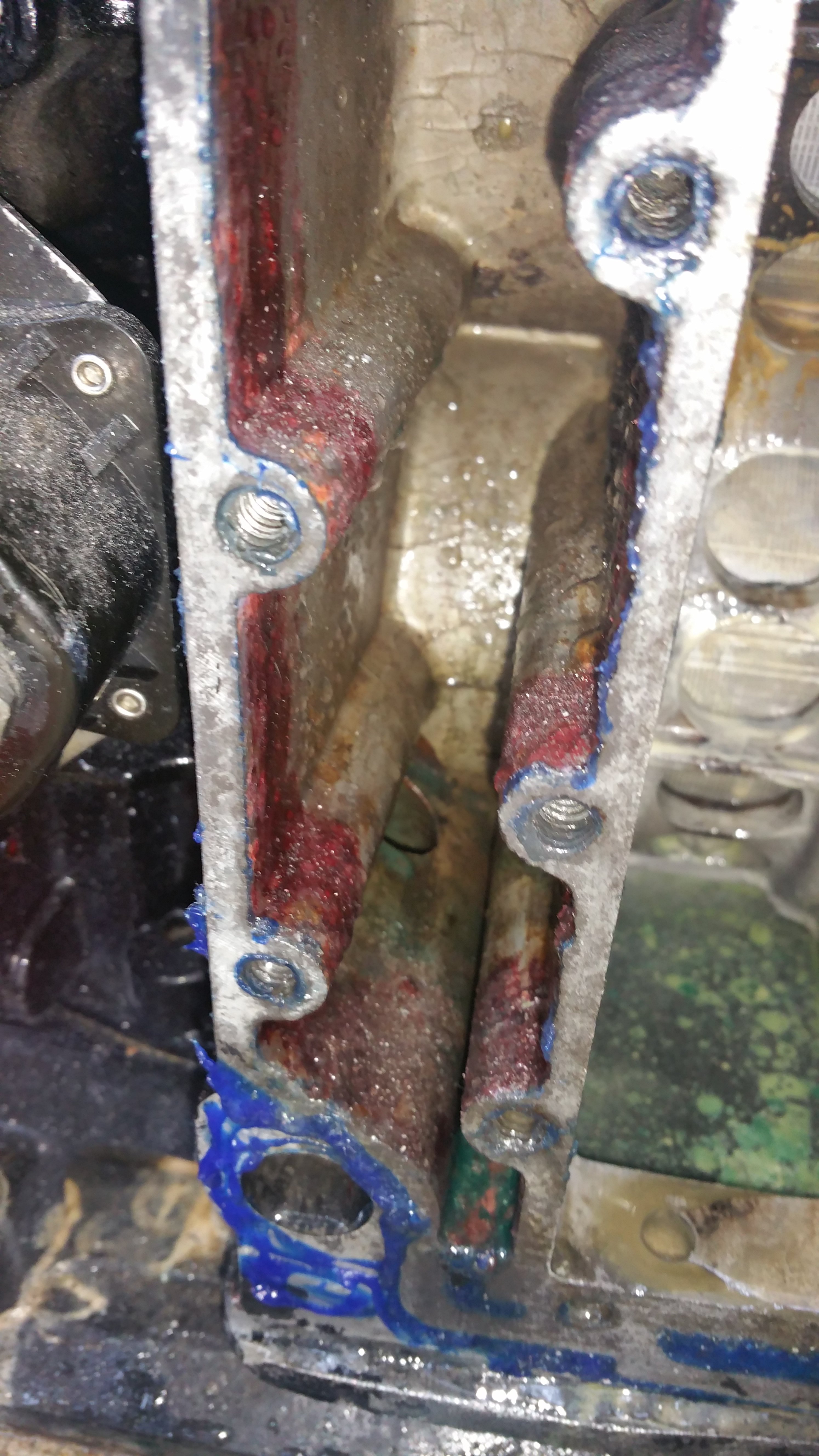Speedling
Jetboaters Admiral
- Messages
- 5,278
- Reaction score
- 4,543
- Points
- 442
- Location
- Cedar Lake, IN
- Boat Make
- Yamaha
- Year
- 2008
- Boat Model
- SS
- Boat Length
- 21
If the gasket is a burnable material you could be right!
I wonder if a gasket could be made of like copper or something? Copper may be a poor choice but trying to think of something metal but softer than aluminum
I wonder if a gasket could be made of like copper or something? Copper may be a poor choice but trying to think of something metal but softer than aluminum












